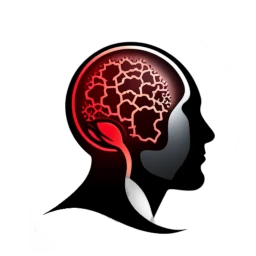Can a machine understand human emotions? At first glance, this may seem unattainable. However, progress in the field of Artificial Intelligence (AI) is bringing increasingly complex possibilities in terms of understanding and interpreting human emotions.
Detecting emotions using AI
The basis for AI’s understanding of emotions is the so-called sentiment analysis. It is a process used to determine the emotional tone contained in blocks of text. Through sentiment analysis, AI is able to determine whether the text is positive, negative, or neutral.
However, AI is already able to go further. The development of facial recognition technology and natural language processing allows machines to interpret emotions expressed not only through words but also through facial expressions and voice tones.
Applications of AI in understanding emotions
AI’s understanding of emotions has many potential applications. In the customer service area, systems can automatically detect customers’ moods, which can help direct them to the appropriate support channels or tailor communication to their mood.
In medicine, AI can assist in monitoring and treating mental illnesses such as depression or post-traumatic stress disorder. By detecting subtle changes in facial expression or voice tone, AI can help identify early signs of these diseases.
Another application can be found in education, where AI can help teachers understand students’ emotions and adapt teaching methods accordingly.
Challenges and controversies
However, the application of AI in understanding emotions is also associated with challenges. One of them is the issue of privacy and ethics. Collecting and analyzing emotional data can lead to privacy breaches and emotional manipulation.
Another challenge is the fact that emotions are complex and subjective. Two people may express the same emotion in different ways, making it difficult to create universal models of emotions.
Understanding emotions through AI is a fascinating and evolving field that opens up many possibilities. However, as important as developing these technologies is, creating appropriate regulations and ethical standards to protect privacy and the right to emotions is equally crucial. The future of AI in understanding emotions is full of possibilities, but also full of challenges that need to be confronted and resolved.

